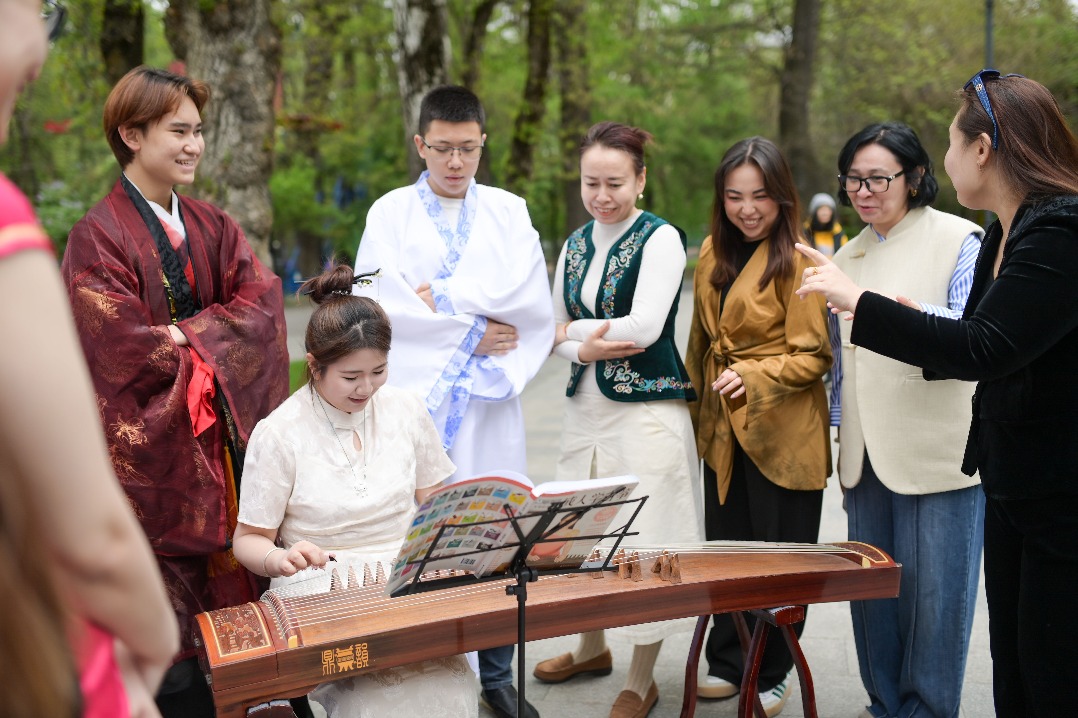Q&A

Q: How has Taiwan's military strategy and budget allocation evolved?
A: The armed forces in Taiwan include an army, navy, air force and its information, communications and electronic force command. The army has over 96,000 personnel, the navy over 32,000, and the air force over 36,000. The Taiwan military has planned to expand its forces annually, aiming to reach 268,600 personnel by 2029, deployed across more than 40 islands, including on the main island, Penghu, Jinmen and Matsu. Taiwan extended its compulsory military service from four months to a year in 2024.
Taiwan primarily purchases its advanced weaponry from the United States. Military spending has consistently ranked at the top of Taiwan's total budget allocations. Since Chen Shui-bian took office in 2000, there has been a gradual escalation of "pro-independence" activities, leading to continuous growth in military budgets. In 2008, Taiwan's military budget accounted for 2.54 percent of the region's GDP. During Ma Ying-jeou's term from May 2008 to May 2016, benefiting from improved cross-Strait relations, Taiwan's military budget as a percentage of GDP decreased overall to 1.87 percent by 2016. Under Tsai Ing-wen's term from May 2016 to May 2024, Taiwan's military budget increased 81 percent compared to 2016.
Since Lai Ching-te took office in May 2024, he has intensified the portrayal of the "military threat" from the mainland, accelerated military preparedness and deepened military ties with the US. Additionally, efforts have been made to enhance control over the military, promote arms purchases from the US and construct a "comprehensive national defense system" to strengthen Taiwan's "asymmetrical warfare capabilities" and operational sustainability, with the aim of seeking "independence" through military means and resisting reunification through force.
SOURCE: THE BOOK ON THE TAIWAN QUESTION FOR THE CADRES COMPOSED BY THE STATE COUNCIL TAIWAN AFFAIRS OFFICE






























